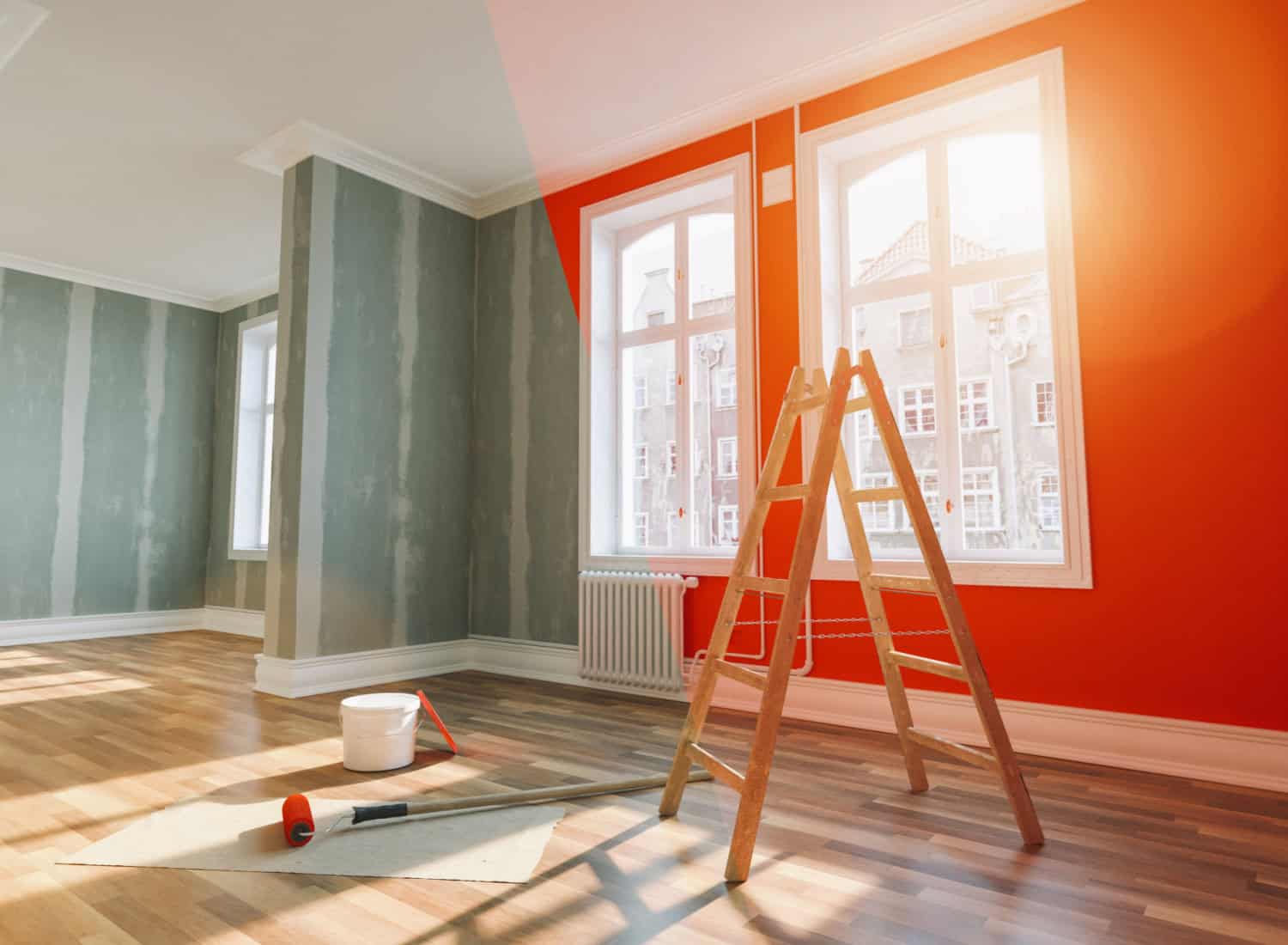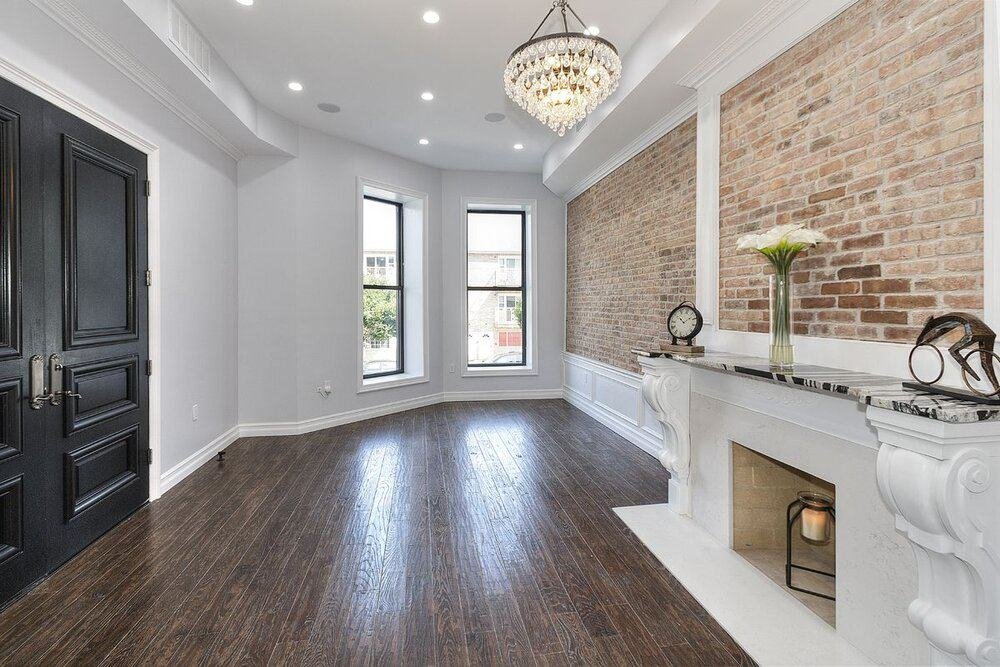Enhance Your Interior Style With Comprehensive Shade Consultation
The combination of shade appointment right into interior style provides an one-of-a-kind opportunity to refine and elevate the visual and psychological vibration of a space. By engaging with a seasoned color expert, you can browse the intricacies of shade option, ensuring that your choices not only complement architectural functions however likewise resonate with personal style and mental effect. This calculated collaboration can significantly affect the total environment of your environment, fostering a sense of harmony and purpose. Recognizing the subtleties of this procedure is necessary-- what crucial elements should be thought about to achieve optimal outcomes?
Advantages of Color Assessment

Moreover, color assessment help in making best use of natural light and optimizing spatial understanding. Lighter colors can make an area show up even more large, while darker shades create an intimate setting. Cleveland Metro Painting Specialists. This tactical application of color can substantially affect the general atmosphere of any kind of indoor room
In addition, specialist experts have a thorough understanding of existing fads and classic standards, making sure that the selected shades will remain appealing in time. This foresight can conserve customers from pricey redesigns in the future. Color consultation encourages clients by providing them with a clear vision and instructions, cultivating confidence in their design selections and eventually leading to a more successful and enjoyable indoor design end result.
Comprehending Color Psychology
The relevance of color psychology in indoor style can not be overemphasized, as it dives into the emotional and psychological effects that various colors can stimulate in people. Shades can affect mood, habits, and also efficiency, making them an essential factor to consider in any kind of style project.
As an example, cozy colors such as red, orange, and yellow are frequently related to energy and heat. They can promote sensations of exhilaration and comfort, making them appropriate for social spaces like living areas or kitchens. On the other hand, cool shades like blue, environment-friendly, and purple often tend to stimulate calmness and harmony, making them suitable for bed rooms or reflection areas.
Furthermore, the usage of neutral tones can create a well balanced setting by allowing the bolder colors to attract attention without frustrating the senses. Comprehending these emotional influences enables designers to produce rooms that not just look aesthetically pleasing but likewise advertise psychological health.
Incorporating color psychology into interior decoration entails a thoughtful option of hues tailored to the designated function of each area, eventually boosting the total experience for its owners. This awareness is essential for accomplishing a practical and unified indoor atmosphere.
The Color Wheel Discussed
Comprehending the connections in between tones is important for efficient interior decoration, and the color wheel serves as a valuable device in this procedure. The shade wheel, created by Isaac Newton in the 17th century, shows the range of colors organized in a circular style. It makes up primaries-- red, blue, and yellow-- that can not be created by mixing various other shades. Second shades, developed by combining primary shades, consist of eco-friendly, orange, and purple. Tertiary colors result from blending a key and a second shade, leading to tones such as turquoise and red-orange.
The color wheel assists developers understand the partnerships in between colors, consisting of complementary, similar, and triadic plans. Complementary shades, positioned contrary each various other on the wheel, produce lively contrasts that can invigorate an area. Comparable shades, situated beside each other, provide a unified and cohesive appearance. Triadic systems make use of three equally spaced colors, using equilibrium and aesthetic interest.
Using the shade wheel in interior style not just enhances visual allure but additionally stimulates specific feelings and environments, making it a vital reference for shade examination. her explanation Understanding these relationships ultimately equips designers to develop rooms that are both functional and visually captivating.
Selecting the Right Palette
Often, choosing the right palette is a crucial variable in achieving a successful interior decoration task. A well-chosen shade plan can merge an area, boost its functions, and evoke wanted emotions. To start, take into consideration the purpose of the room. Various spaces serve varied functions and call for combinations that show their desired usage; for example, serene shades such as soft blues or greens work well in bedrooms, promoting relaxation.
Light can significantly modify exactly how colors show up, so it is important to assess the space at different times of the day. An unified palette needs to match these features, developing a cohesive appearance throughout the space.
When picking colors, make use of the 60-30-10 guideline, which recommends that 60% of the space need to be a dominant shade, 30% a secondary shade, and 10% an accent color. This proportion ensures equilibrium and visual rate of interest (Cleveland Metro Painting Specialists). Finally, sample shades on the walls prior to devoting, as this enables you to see just how the shades engage with each other and the general setting they produce in your interior decoration job.
Working With a Shade Consultant

When working with a shade consultant, the procedure typically begins with an initial consultation. During this conference, you'll review your vision, choices, and Read Full Report the existing elements in your area. The expert will evaluate your requirements and may recommend details shade combinations that line up with your goals.
After establishing an instructions, the professional will certainly offer samples and aesthetic help to assist you visualize the proposed color design. This step is essential, as colors can show up in different ways under varying lighting problems.
Furthermore, a color professional can lead you in choosing complementary home furnishings, artwork, and accessories to integrate with your selected palette. By teaming up very closely, you can accomplish a refined visual that raises your insides and produces an inviting ambience. Eventually, the proficiency of a shade specialist can significantly boost the overall influence of your style task.
Final Thought
In recap, detailed color examination acts as a crucial tool for improving interior decoration. By leveraging specialist understanding of shade psychology and spatial dynamics, a customized shade combination can be created to evoke certain emotions and produce an unified environment. This calculated approach not only cultivates a cohesive style story but likewise minimizes the risk of expensive redesigns. Inevitably, engaging with a color expert ensures a notified and cosmetically pleasing outcome, elevating the general experience of the room.
By engaging with an experienced shade specialist, you can browse the intricacies of shade option, making certain that your choices not only complement architectural features but also resonate with personal style and mental impact. It comprises primary colors-- red, blue, and yellow-- that can not be created by mixing various other shades.The shade wheel aids developers comprehend the connections in between colors, including complementary, analogous, and triadic schemes.When picking shades, make use of the 60-30-10 policy, which recommends that 60% of the area ought to be a dominant color, 30% a second shade, and 10% an accent shade. By leveraging professional knowledge of color psychology and spatial characteristics, a customized color palette can be developed to stimulate certain emotions and create an unified setting.